THE ART OF THE PUEBLOAN INDIANS
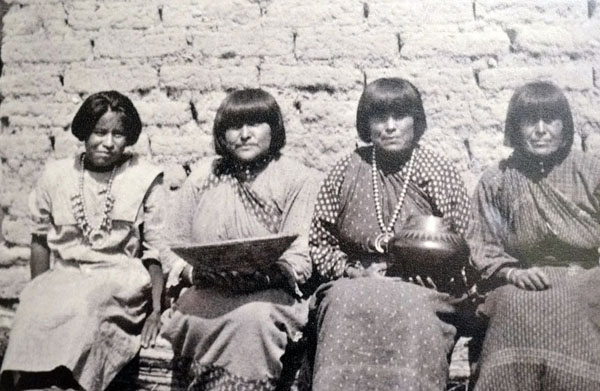
The Pueblo peoples of the Southwestern United States lived, and continue to live primarily in the upper Rio Grande valley of New Mexico. They also lived in the remote cliff dwelling canyons previously mentioned in earlier blogs- but eventually returned to these lands. There are now 21 surviving pueblos in the Southwest. Taos, Acoma, Zuni, and Hopi are the best-known.
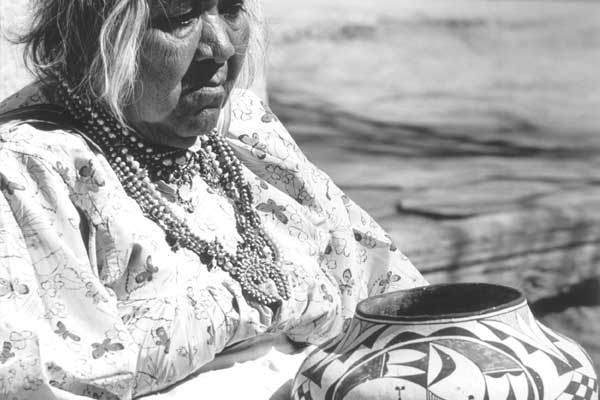
At the time of the Spanish settlers beginning in the 16th century, these peoples were living in complex, multi-story villages often built around a central courtyard. The Spanish called these pueblos, meaning “towns,” and applied the name to all the peoples living in such complexes. Towns constructed of adobe, stone and other local materials; their buildings are constructed as complex apartments with numerous rooms, often built in strategic defensive positions. See the blog on the Taos Pueblo.
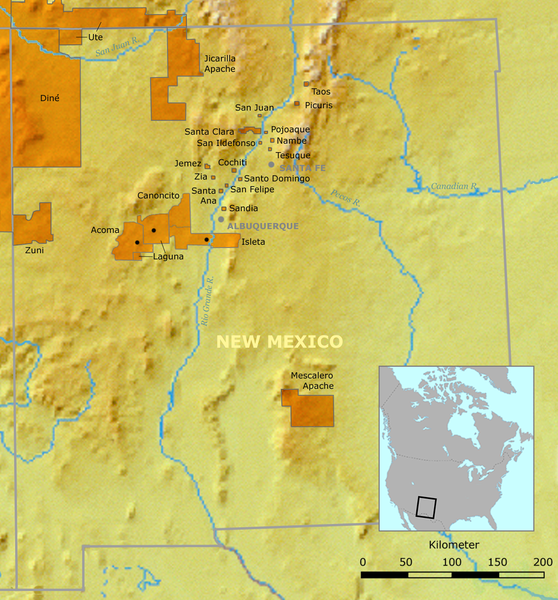
Below are some of the fine examples of their pottery ware we saw on our travels through this area.
Not all the pottery is traditional. This exquisite bowl in modern style shows a pueblan house with typical “T” shaped entry door.
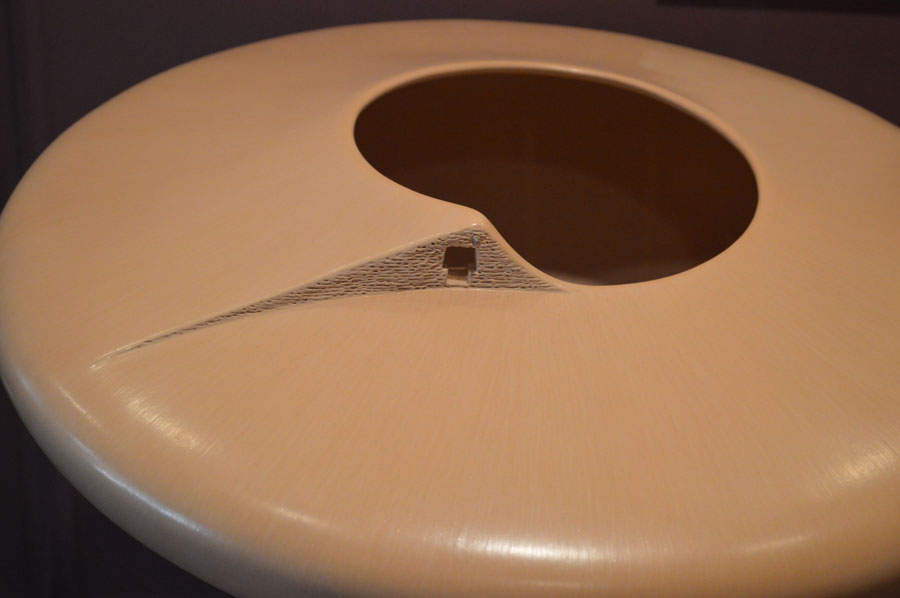
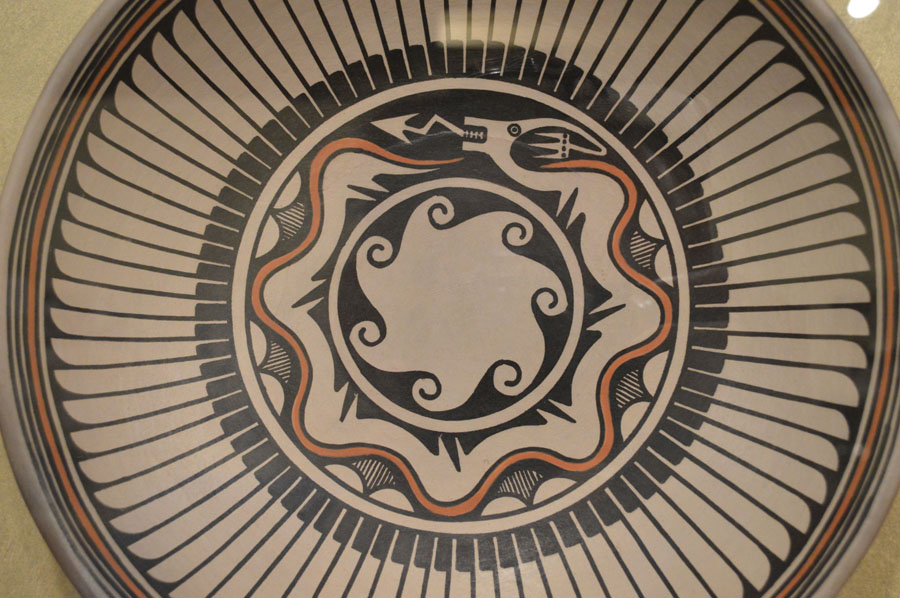
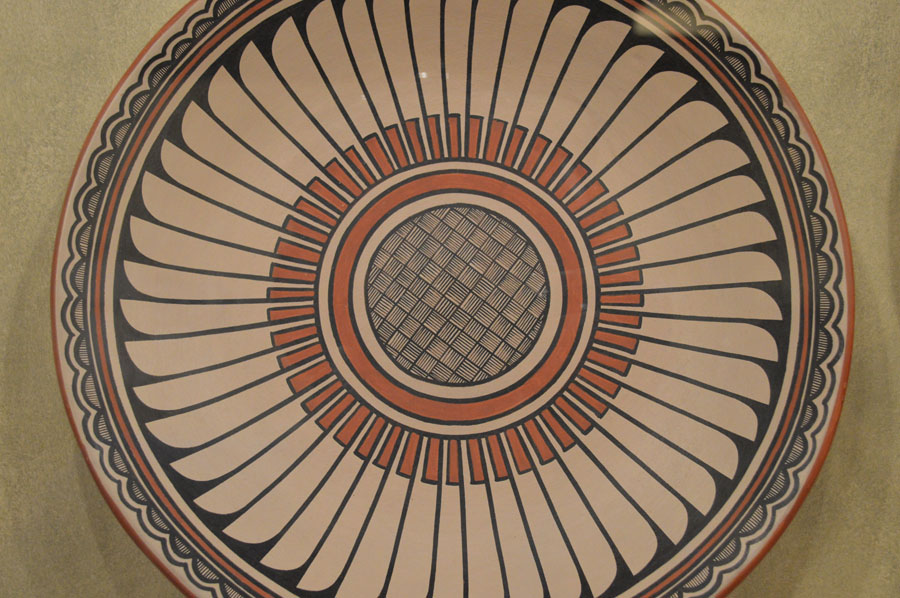
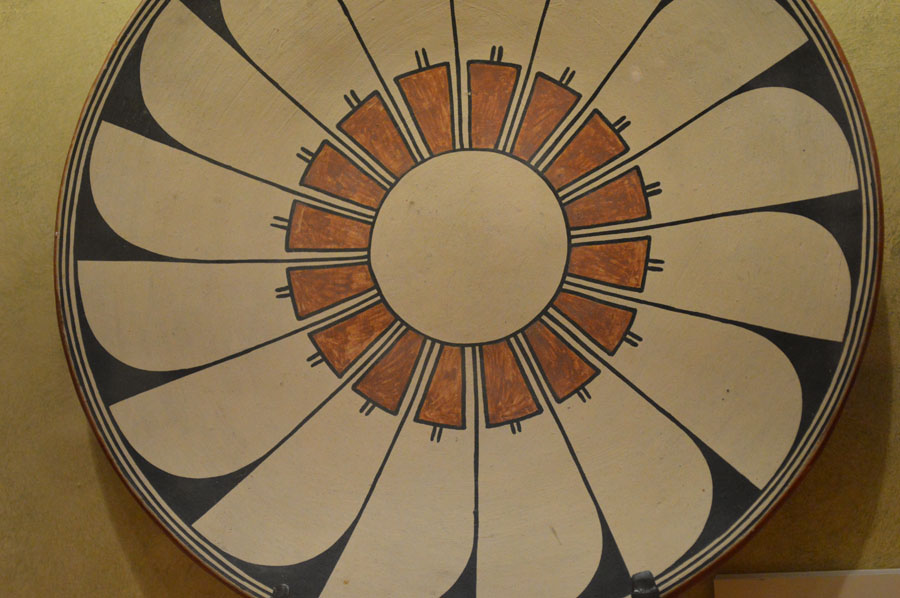
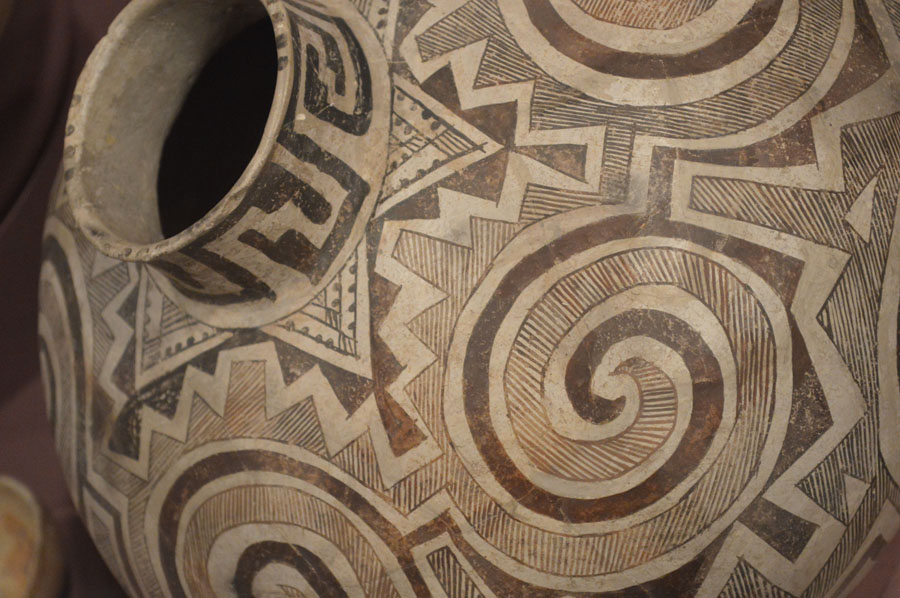
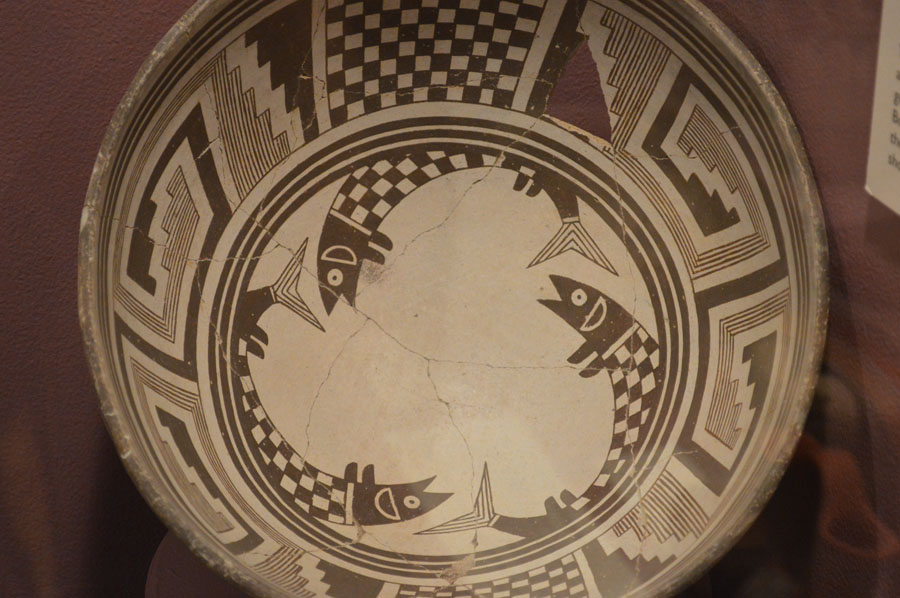
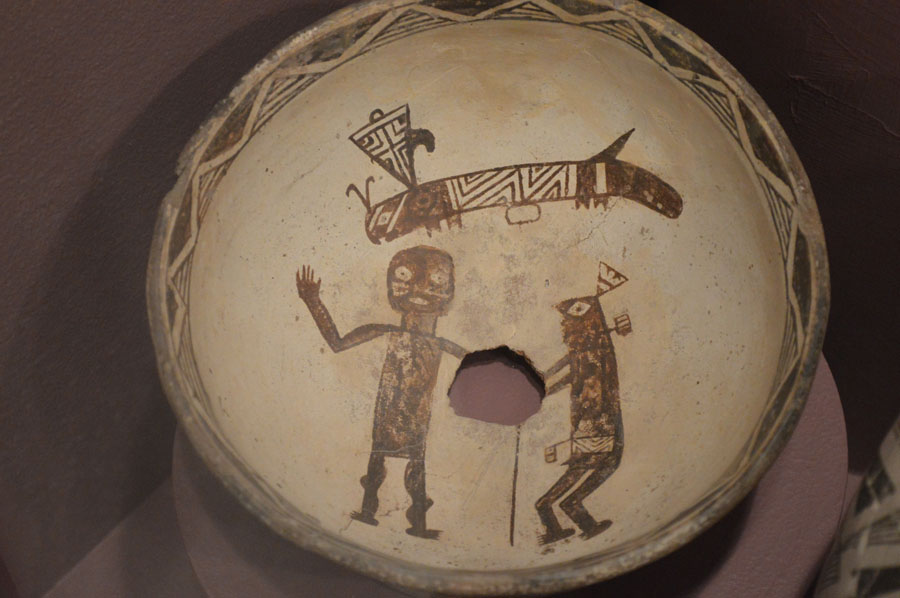
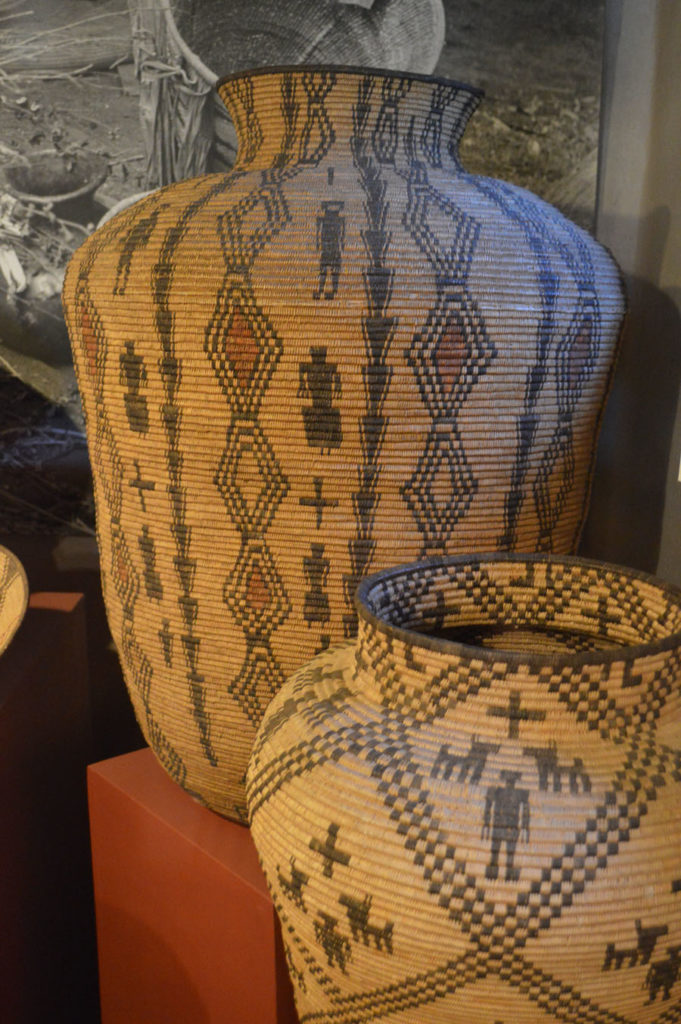
Below a Zuni rainbird pendant made in the 20-30s from abalone, turqoise and other stones.
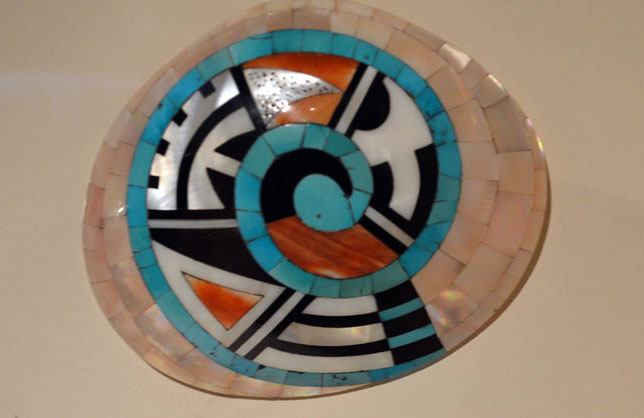
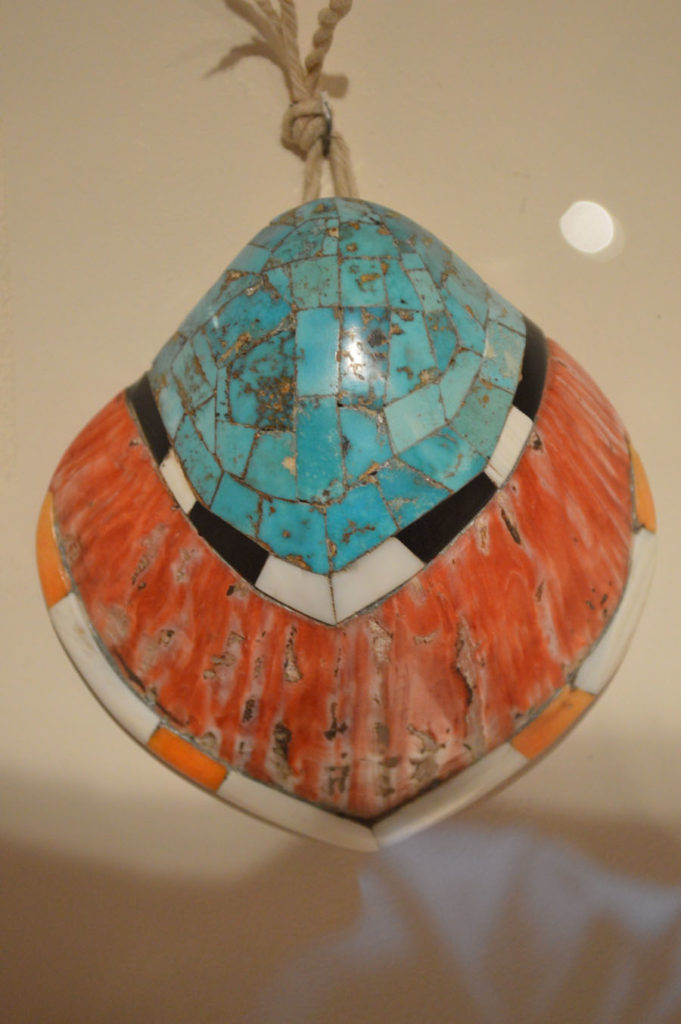
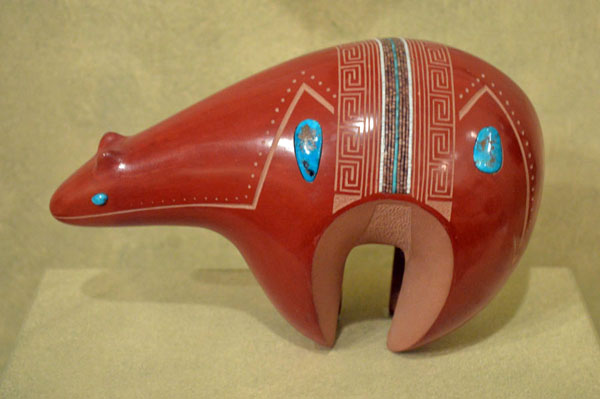
Below- unique to the pueblans are these Kachina dolls made from wood and cloth on exhibit at the Millicent Rogers Museum.
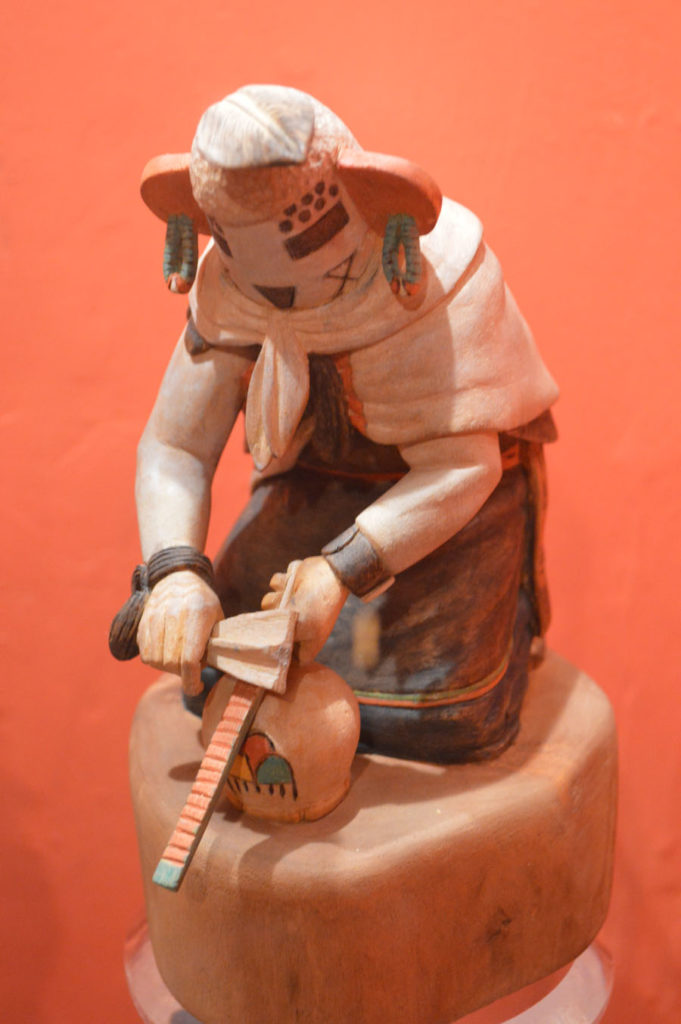
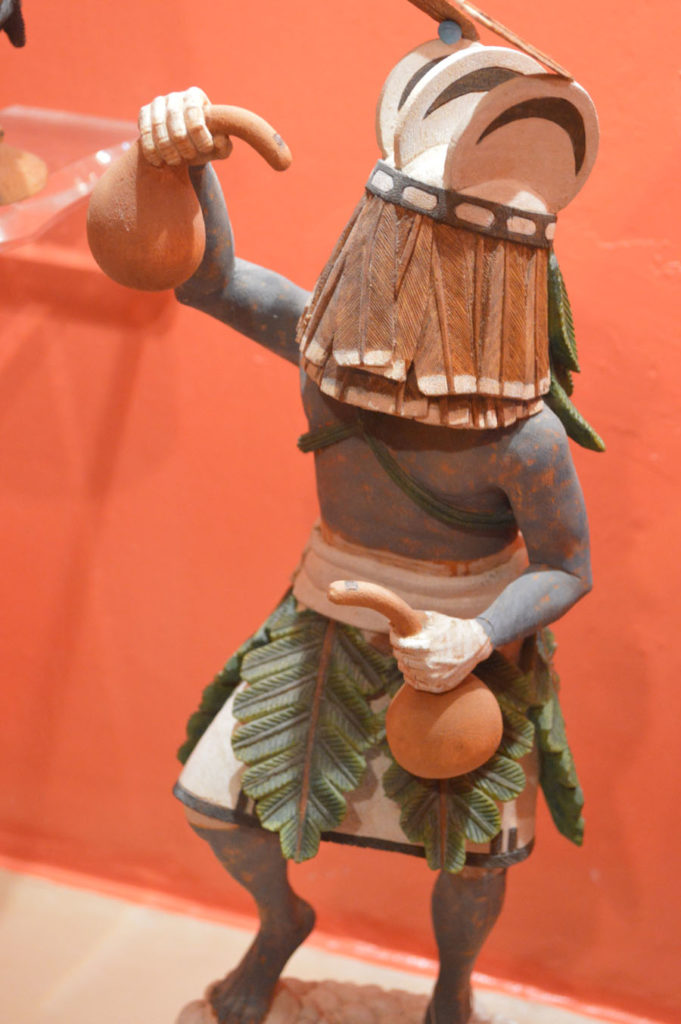
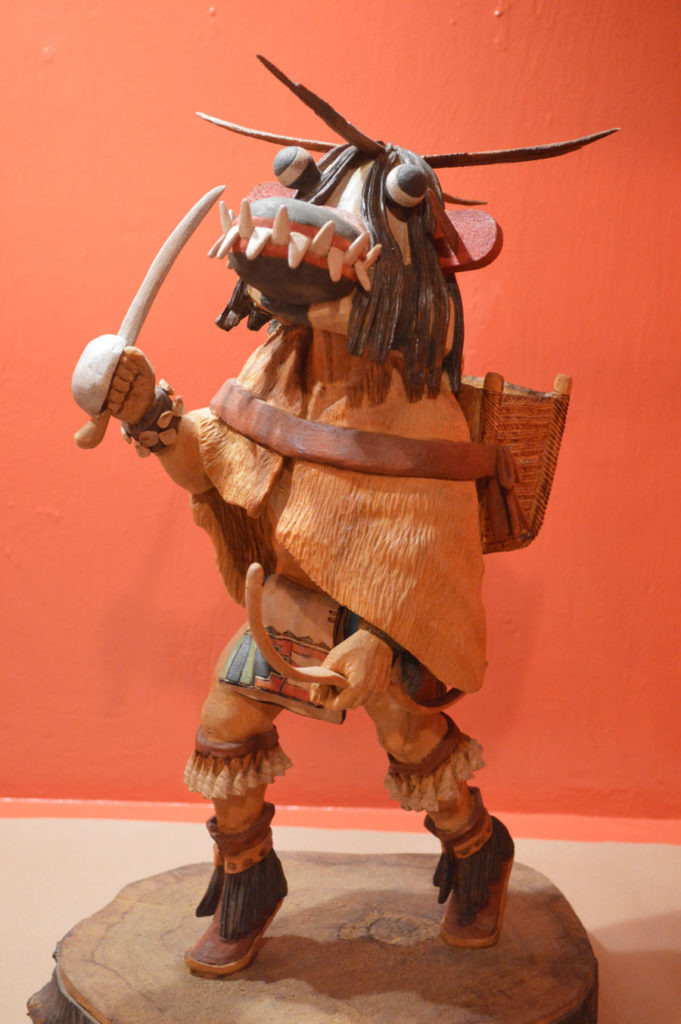
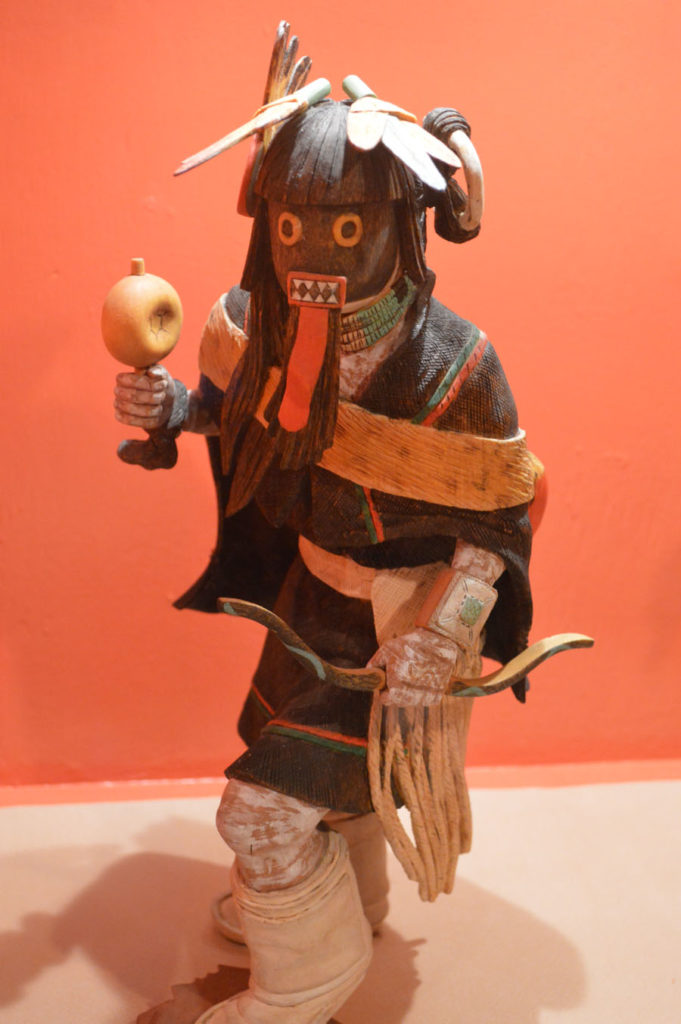
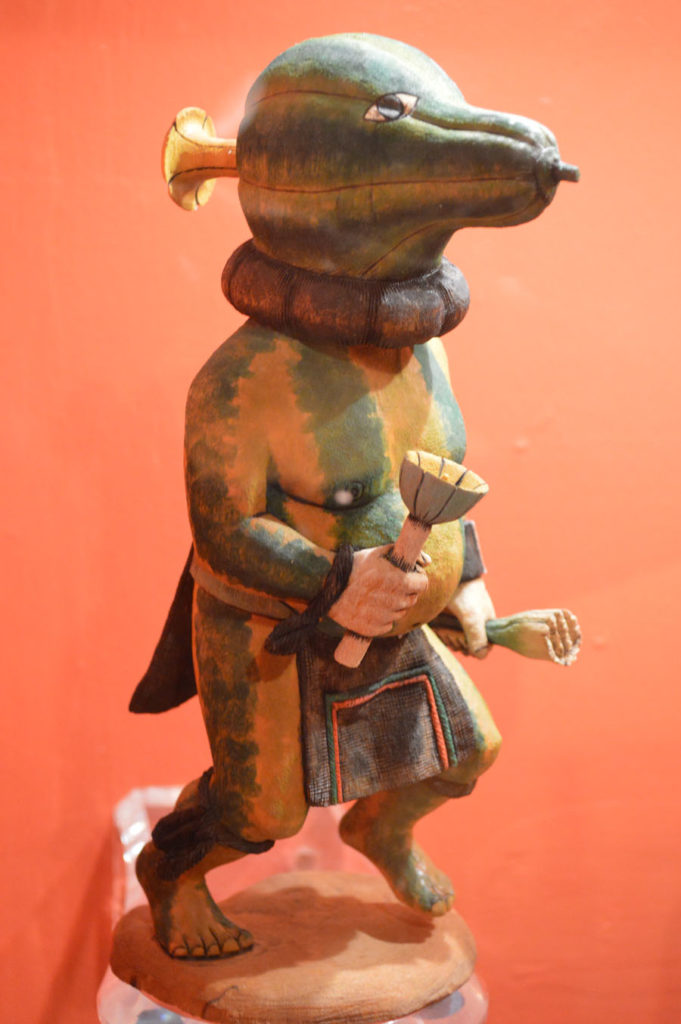
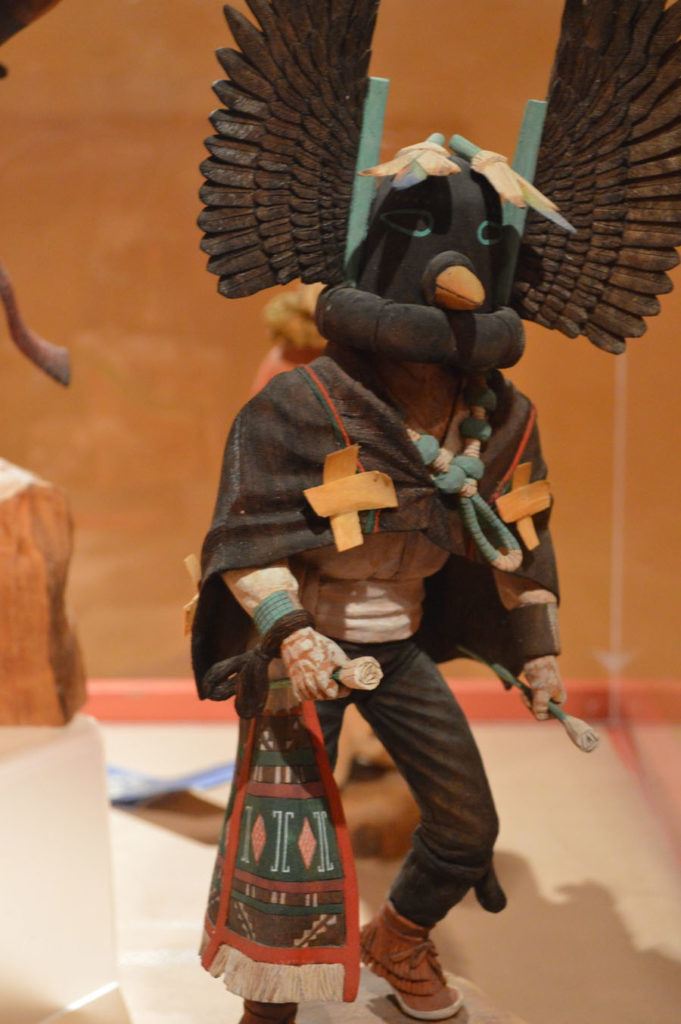
Below not Puebloan but Plains Indian costume from the Millicent Rogers museum in Taos.
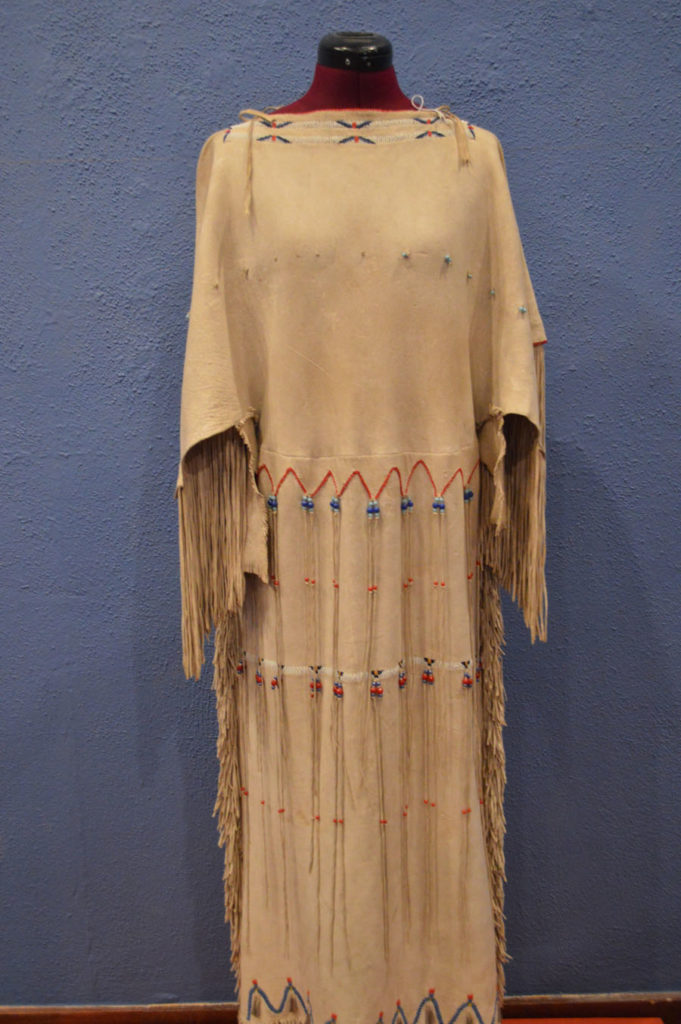
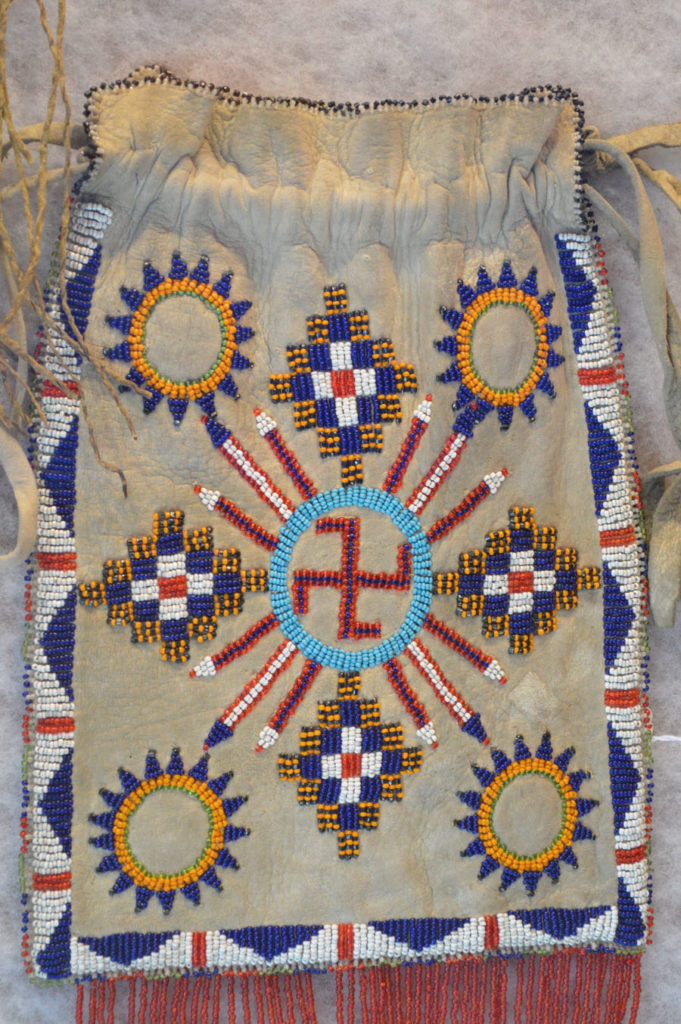
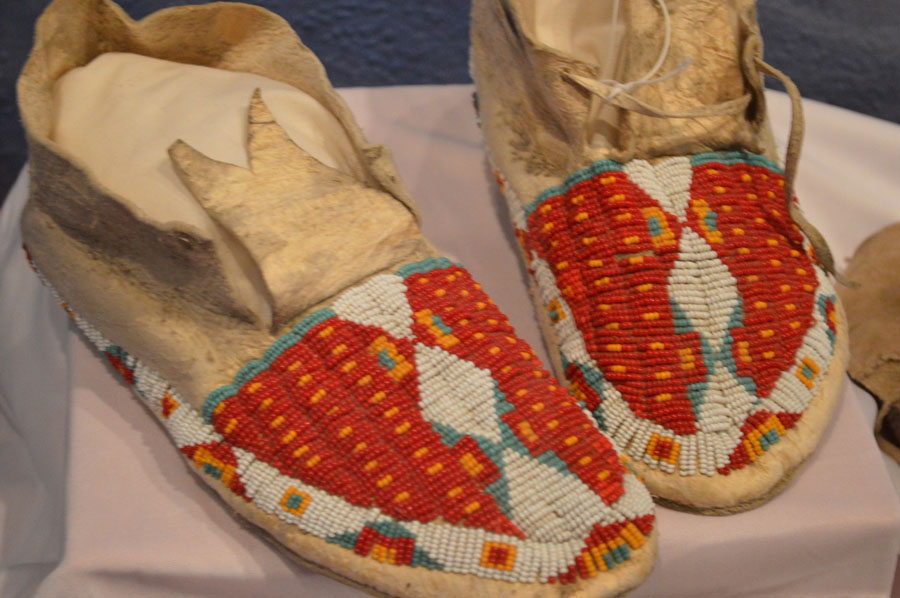
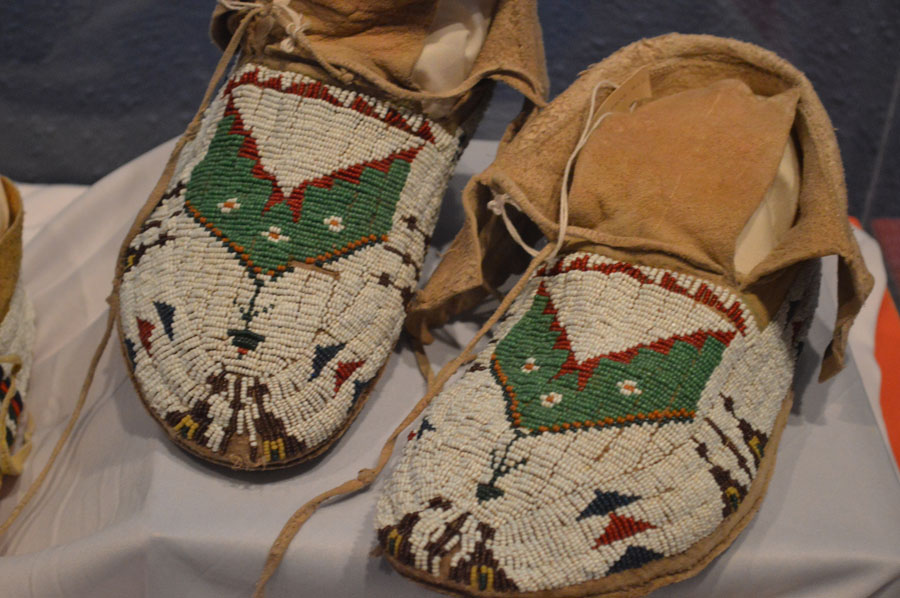
Nov 2016